uSDR: Unleashing the Power of Browser-Controlled M.2 SDR Boards
In the ever-evolving landscape of software-defined radio (SDR) technology, innovation knows no bounds. The uSDR M.2 board, a groundbreaking creation by Wavelet Lab, is set to revolutionize the SDR scene. This compact marvel, equipped with an AMD Embedded Artix-7 FPGA, offers seamless web-based control without the need for specific drivers or software. We talk about uSDR in this week's Electromaker Show:
Harnessing the potential of WebUSB technology, the uSDR M.2 unleashes a world of possibilities for SDR enthusiasts and professionals alike.
Power-Packed Performance in a Tiny Form Factor:
The heart and soul of the uSDR M.2 lies within its core components. Powered by the Lime Microsystems LMS6002D programmable RF (FPRF) transceiver IC, this M.2 board exhibits exceptional flexibility. With a frequency range spanning from 300MHz to 3.8GHz, and an expanded usable range starting from 230MHz, the uSDR M.2 covers an impressive spectrum. Full-duplex capabilities, coupled with a frequency range of 300-3700 MHz, empower users to explore a wide array of applications.
The AMD Embedded XC7A35T (Artix-7) FPGA takes center stage, boasting a staggering 33,280 logic cells. This FPGA serves as the driving force behind the uSDR M.2, delivering unparalleled computational prowess. Accompanied by the SI5332A clock generator, with a stability of 0.5 PPM, the uSDR M.2 ensures accurate synchronization for precise signal processing.
Harnessing the Power of WebUSB and WebAssembly:
One of the most remarkable features of the uSDR M.2 is its seamless integration with web browsers. Thanks to WebUSB technology, this SDR board can be controlled directly from Chrome, Opera, or Edge browsers without the need for additional software or drivers. This convenience allows users to delve into the realm of SDR applications effortlessly.
WebAssembly, combined with the Emscripten project, empowers developers to unleash their creativity. Whether you prefer JavaScript, C/C++, Rust, Go, or C#, the uSDR M.2 supports a range of programming languages, enabling you to craft your own bespoke applications. This fusion of accessibility and versatility amplifies the uSDR M.2's potential as an SDR powerhouse.
Embracing Open Source and Extensibility:
Wavelet Lab, the visionary team behind the uSDR M.2, champions the spirit of open source hardware. Their commitment to fostering collaboration is evident through their plan to release the Altium hardware design files, FPGA gateware, PCIe Linux kernel driver, and the entire WSDR code to the public. This dedication to openness allows the community to thrive and encourages the development of innovative applications and enhancements.
Ready-to-Use Applications and Beyond:
To ensure a smooth journey for users, Wavelet Lab has developed an array of ready-to-use applications. The spectrum monitor, signal analyzer, PMR receiver, IQ playback application, IQ recorder, and IQ signal generator are just a few examples. These applications serve as a launchpad for exploration, giving users immediate access to various SDR functionalities.
The Future of uSDR M.2: Crowdfunding
Wavelet Lab has launched a crowdfunding campaign on Crowd Supply to bring the uSDR M.2 to life. With a funding target of $109,987, this project aims to fuel the SDR revolution. Backers can choose from a range of rewards, starting at $299 for the uSDR module alone. For those eager to experience the full potential of the uSDR M.2, the Early Adopter Kit priced at $997 offers an array of additional accessories. The shipping date for the early adopter kit is set for November 2023, while other rewards are scheduled for delivery by the end of February 2024.





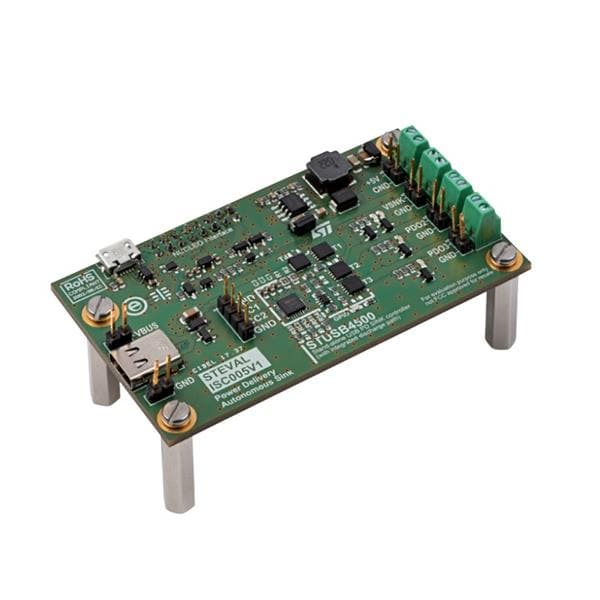
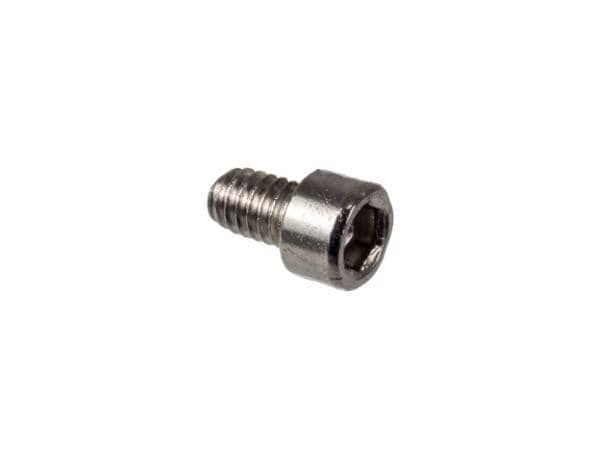
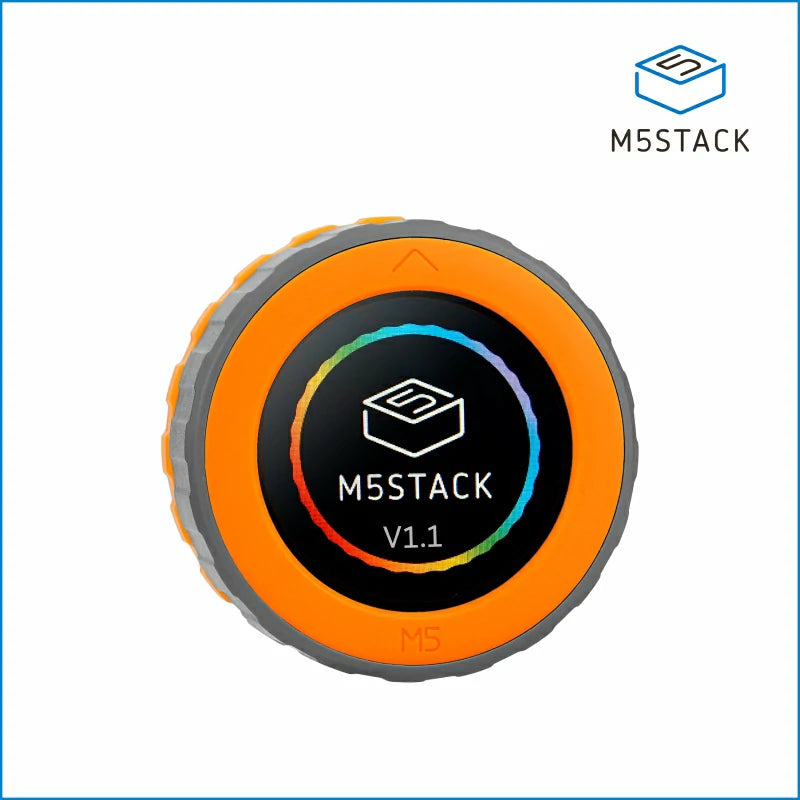
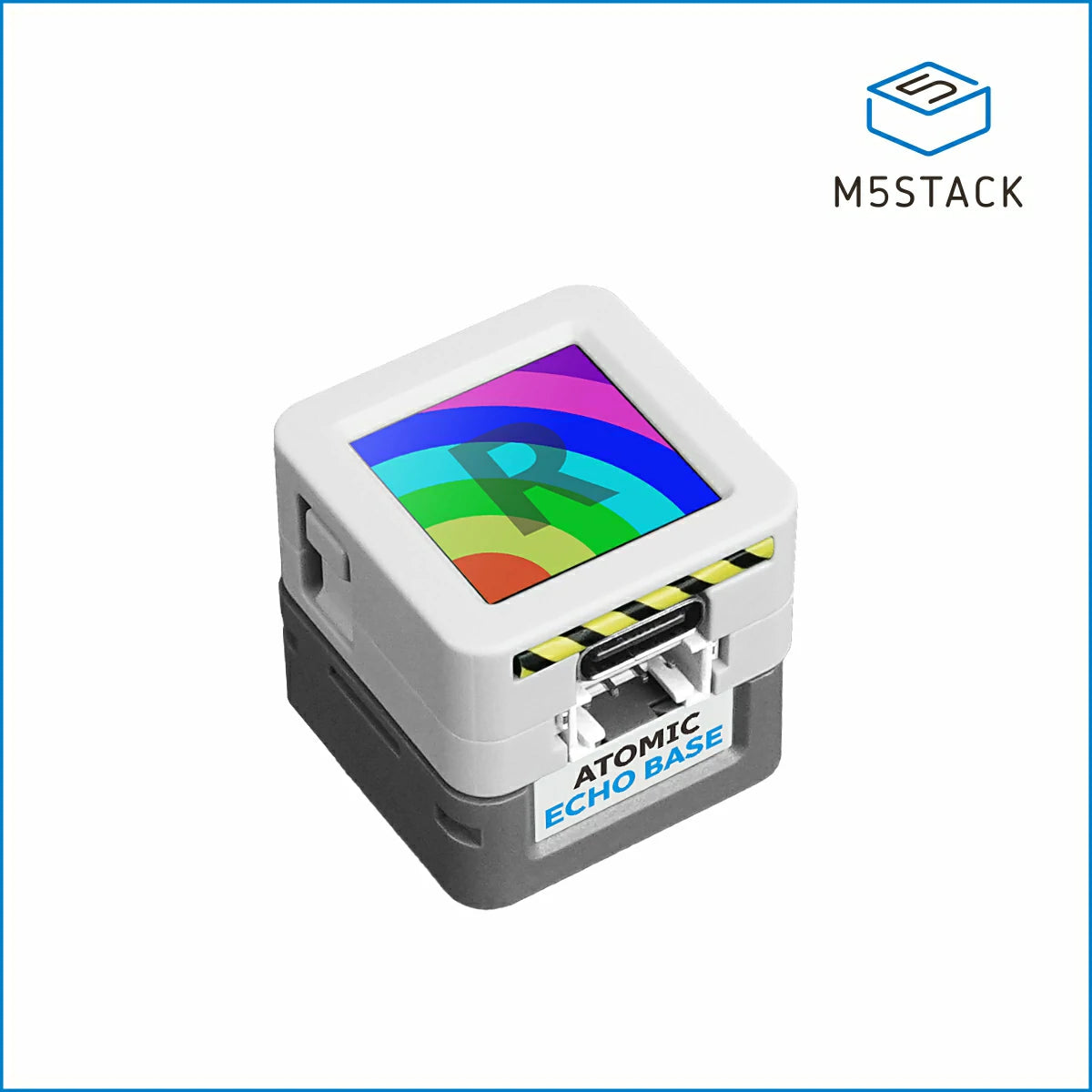
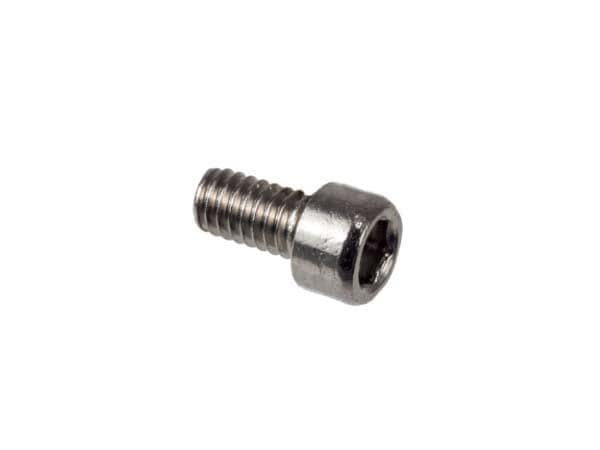
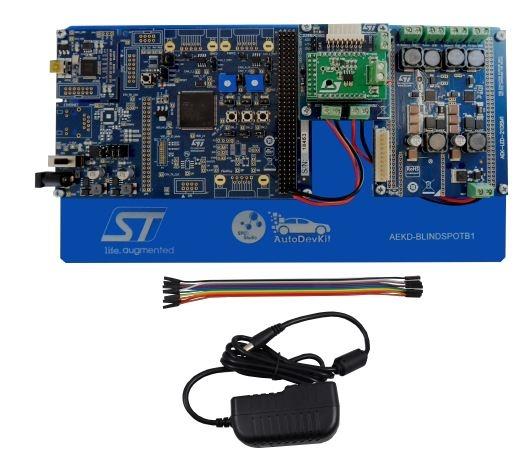
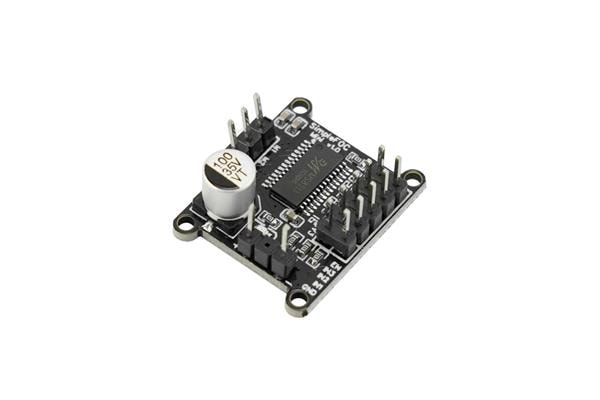
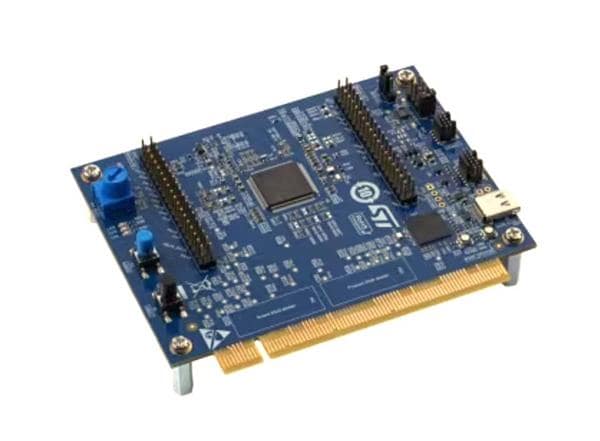
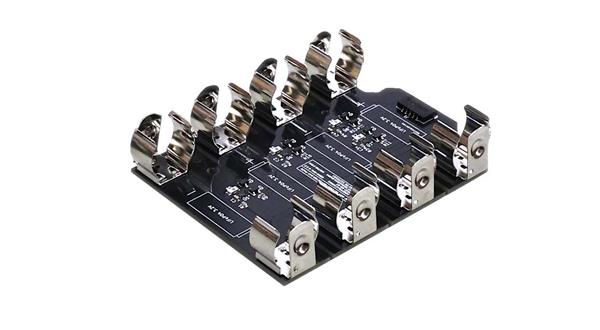
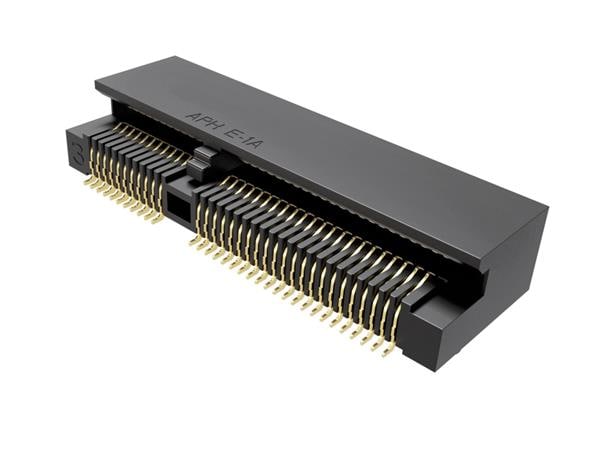
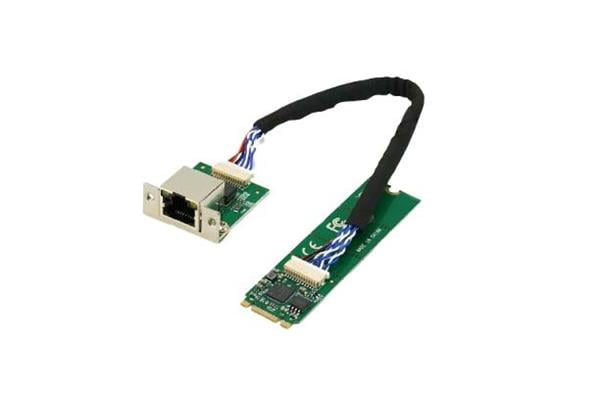
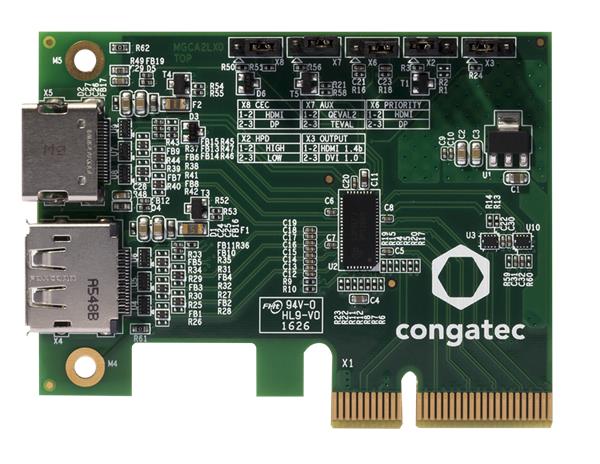
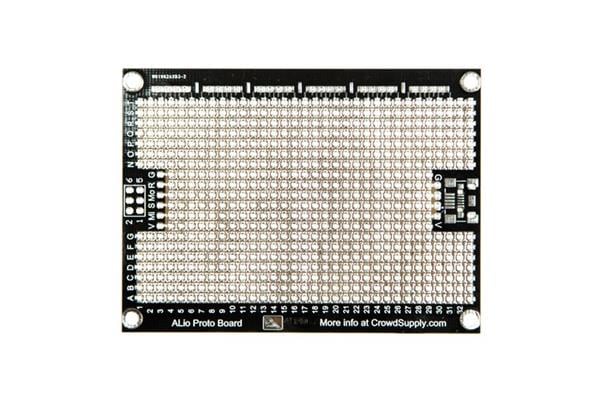
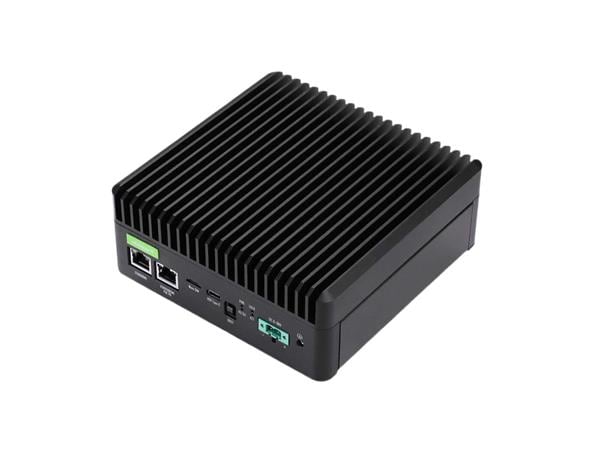
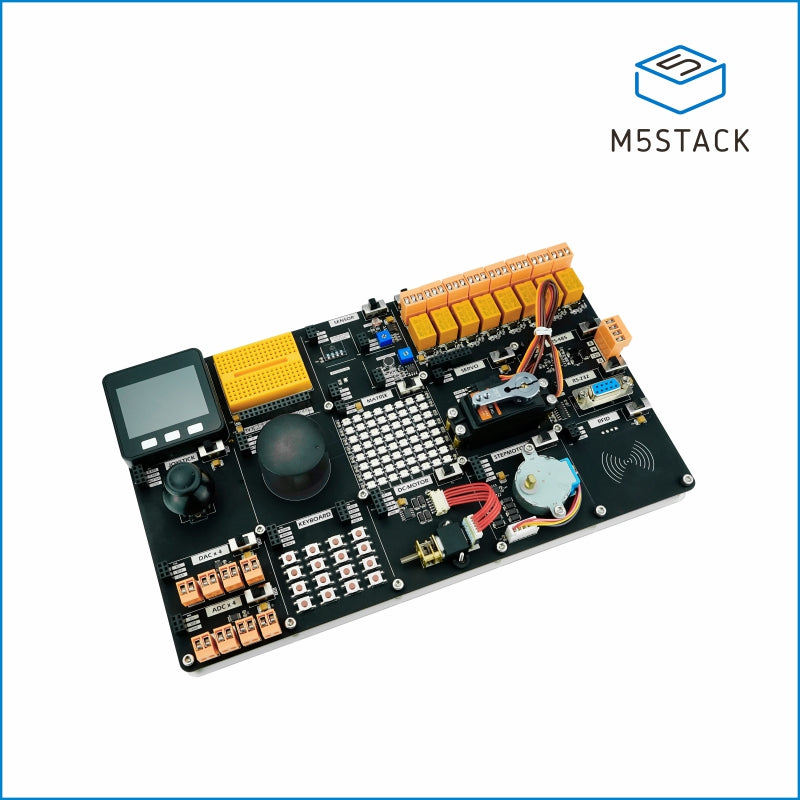
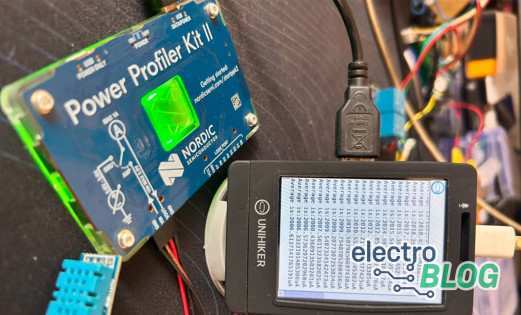

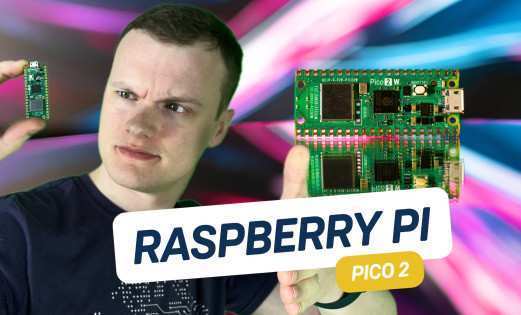
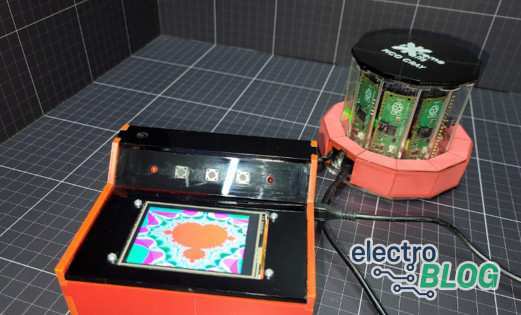

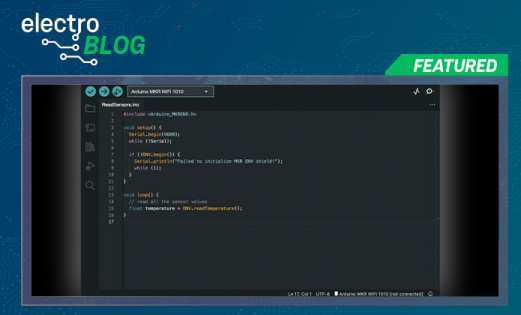





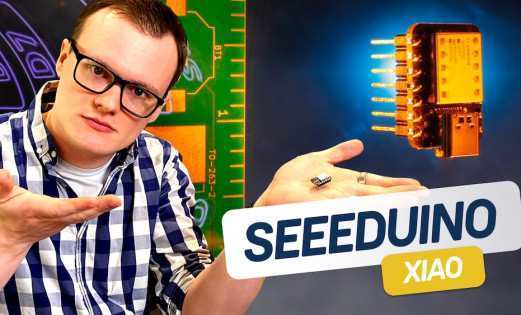

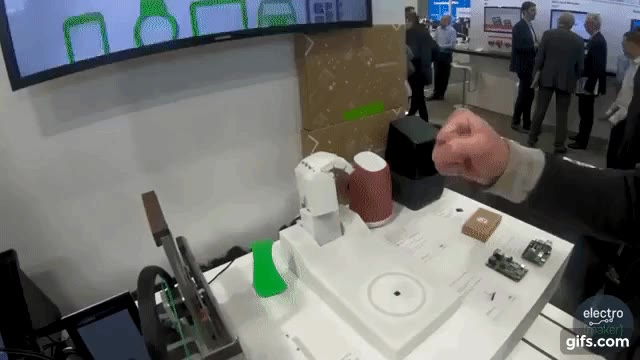

Leave your feedback...